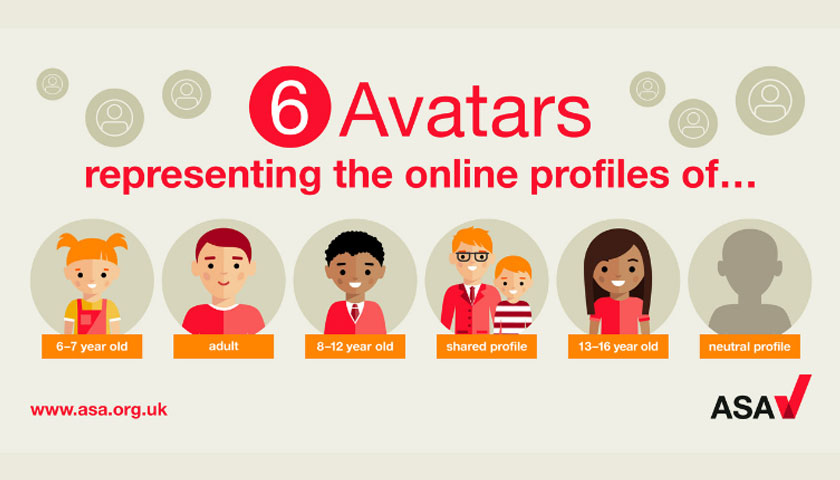The ASA/CAP have released a post called: ASA calls on advertisers to make better use of online targeting tools to minimise children’s exposure to age-restricted ads in mixed-age audience sites. I have enclosed the text of the link below, but please have a look at the ASA/CAP site as there are lots of things of interest to anyone with an interest in Ethical Marketing.
We have published the findings of our latest proactive monitoring sweep, making world-leading use of Avatar technology to assess the distribution of ads for alcohol, gambling, and high fat, salt or sugar (HFSS) products in websites and YouTube channels attracting a mixed-age audience, predominantly composed of adults.
As a result of our findings, we are calling on advertisers to make better use of audience and media targeting tools to help minimise children’s exposure to age-restricted ads in mixed-age sites.
The monitoring underpinning this project was focused on:
- Mixed-age online media – consisting of non-logged in websites and YouTube channels, with adults comprising 75%-90% of the audience
- Dynamically served ads for alcohol, gambling and HFSS products; the underlying technology used to serve these ads enables advertisers to target subsets of the sites’ audience based on data known or inferred about them e.g. their age, location, online browsing interests etc.
We used Avatars for the purpose of identifying trends in how these ads are being delivered to adult, child and/or age-unknown audience groups. The Avatars are constructed to reflect the online browsing profile of these age groups, but their automated actions – visiting 250 web pages on both desktop and mobile devices, twice a day – are obviously not indicative of real world online behaviours.
This explains why our six uniquely age-categorised Avatars received 27,395 ads, published on 250 sites, over a three week monitoring period. These high figures clearly do not reflect real-world exposure levels to advertising, but the data does give us a good basis for assessing whether age-restricted ads are being targeted away from children in online media attracting a heavily weighted (75%+) adult audience.
We found that:
- Gambling ads were served in broadly similar numbers to Child and Adult Avatars, with no significant skew towards the adult profiles. The Neutral Avatar (which has no browsing history to provide indicative age information) was served noticeably fewer Gambling ads in mixed-age media
- HFSS ads were served in broadly similar numbers to Child and Adult Avatars, with no significant skew towards the adult profiles, and notably higher numbers of ads served to the Neutral Avatar
- Alcohol ads were not served to any Avatars
Advertisers are not allowed to serve age-restricted ads in children’s media (sites commissioned for children, or where children make up 25% or more of the audience), but these ads are allowed in mixed-age media attracting a heavily weighted (75%+) adult audience, so long as they stick to strict rules to ensure the creative content of the ads don’t appeal to children or exploit their inexperience.
We, however, believes it is a legitimate regulatory objective to seek to minimise children’s exposure to age-restricted ads generally and therefore wants to see advertisers of these products use available tools to more effectively target their ads away from children, even where the vast majority of an audience is over 18.
This project, alongside our year-long project which tackled age-restricted ads appearing in children’s media, are examples of how we’re using innovative technology to better protect children online.
Advertising Standards Authority Chief Executive, Guy Parker, said:
“We call on advertisers to make better use of targeting tools to minimise children’s exposure to dynamically served age-restricted ads. And we call on third parties involved in the distribution of these ads to ensure the data and modelling on which those tools rely are as effective as they can be. Finally, we will be exploring whether the report should lead to more prescriptive measures relating to dynamically-served age-restricted ads. This latest monitoring sweep is just one part of a wider set of initiatives where we’re harnessing technology, all with the aim of ensuring children are protected online.”
![]()


